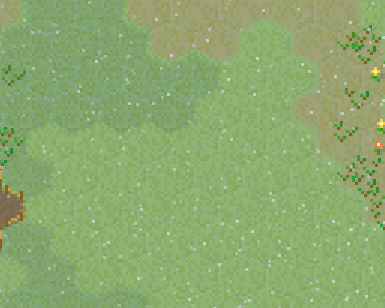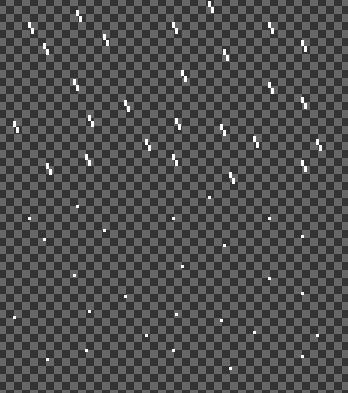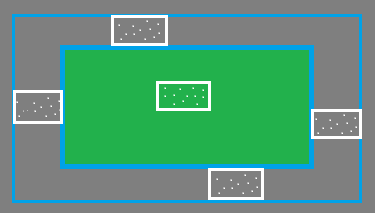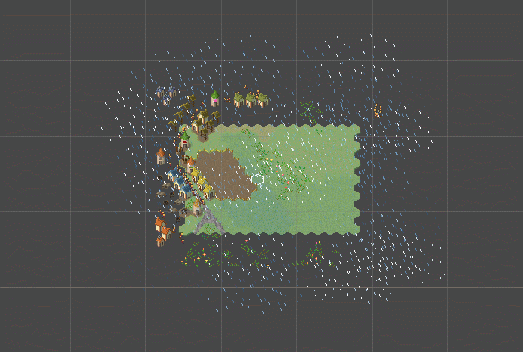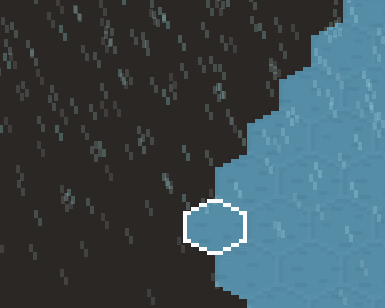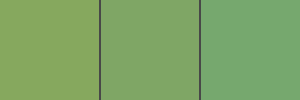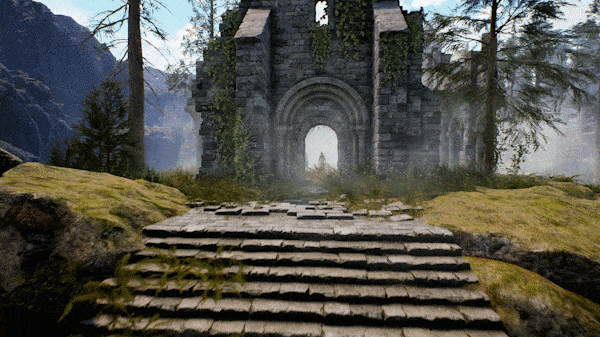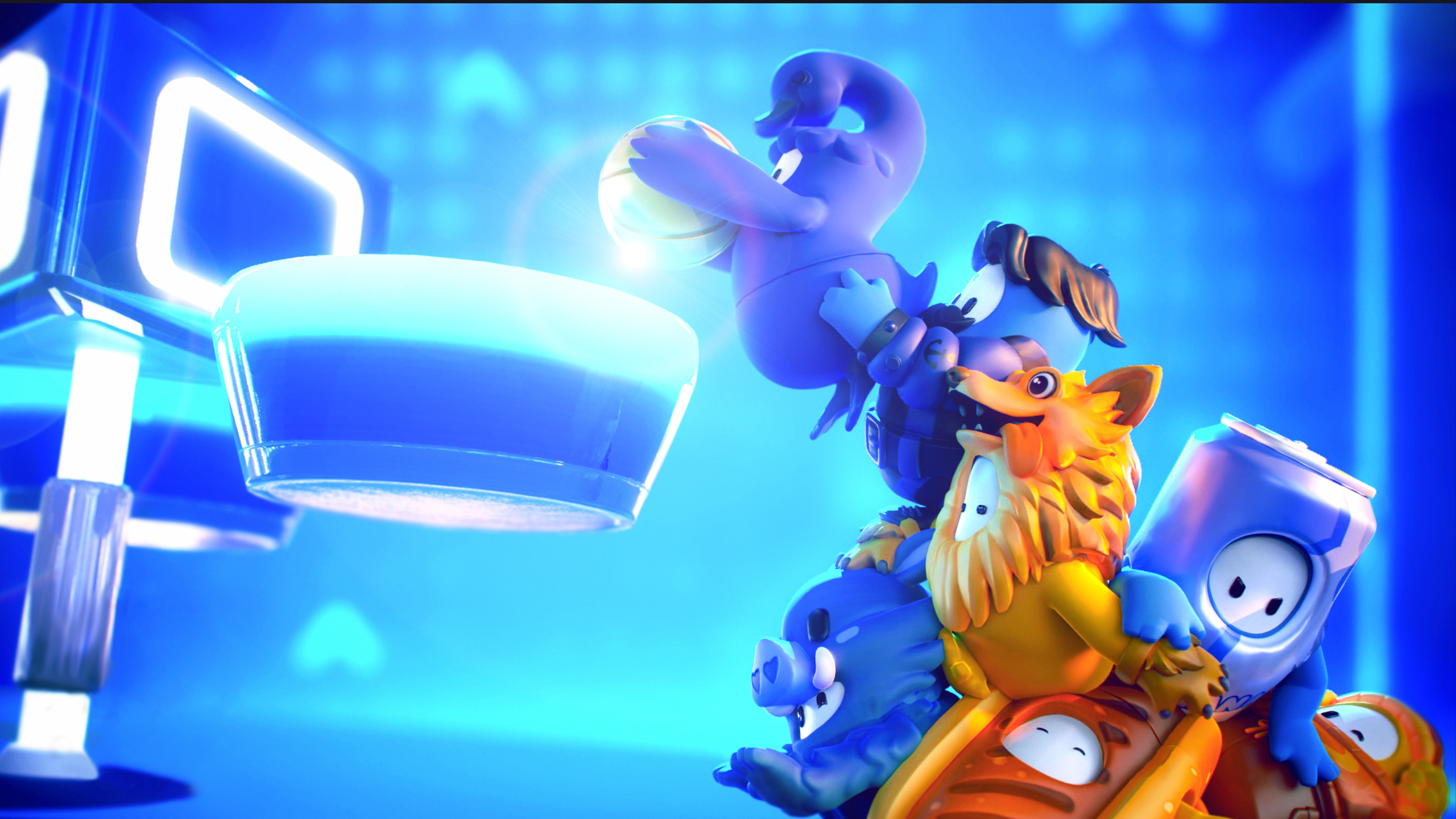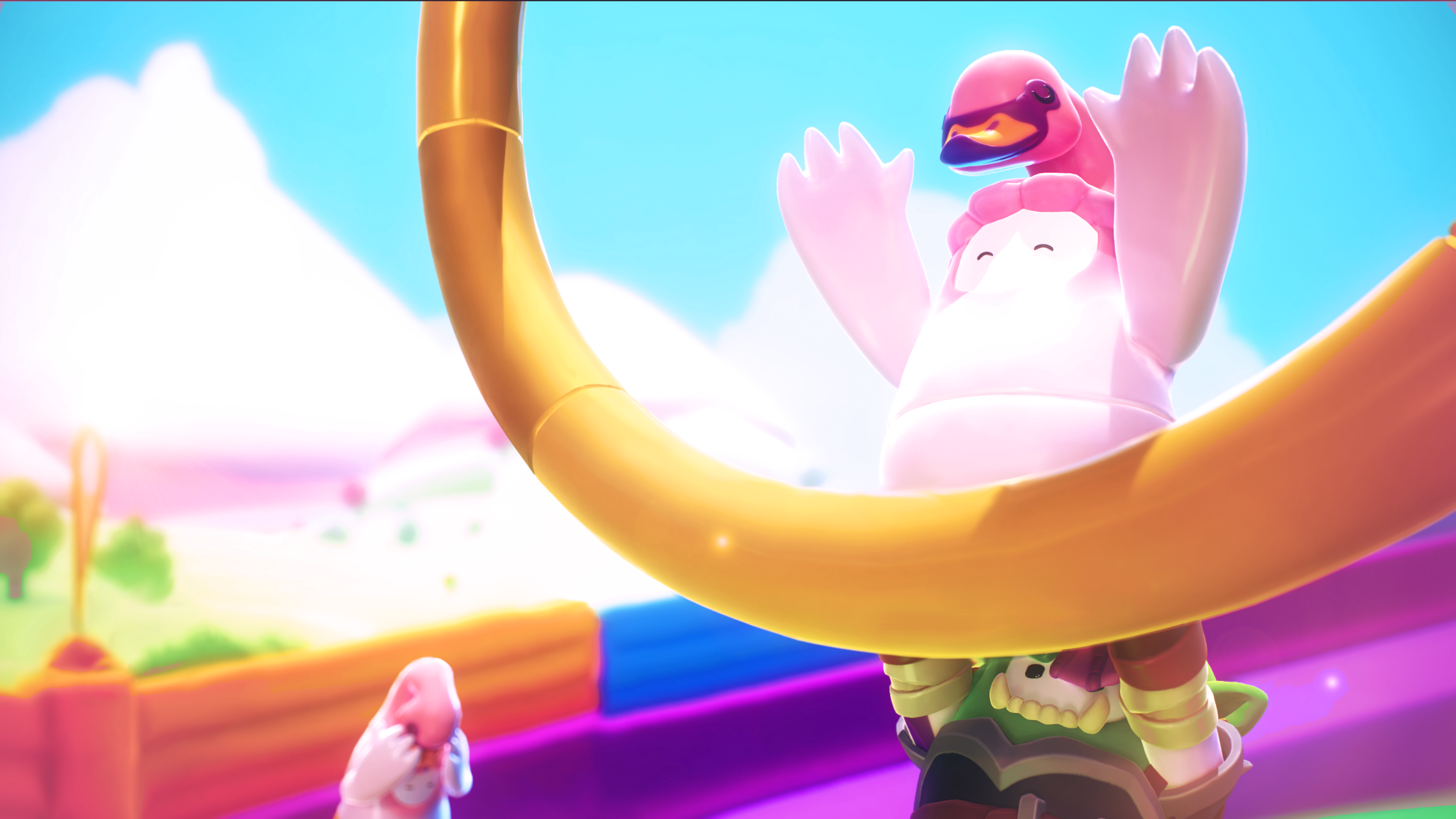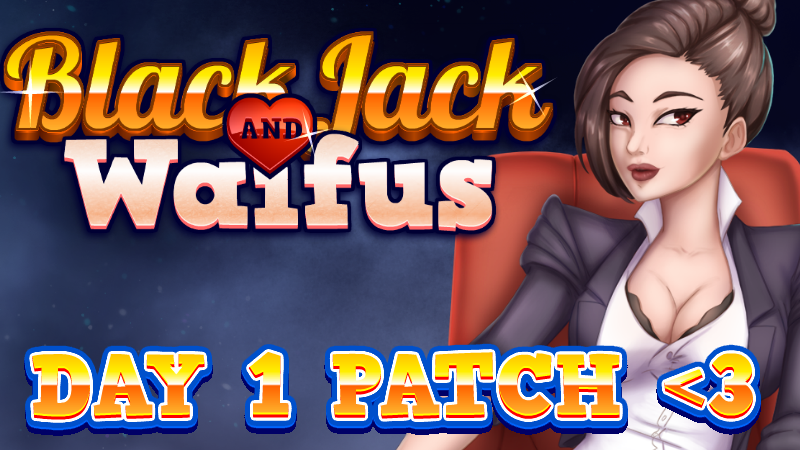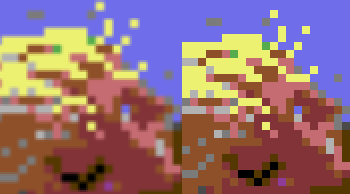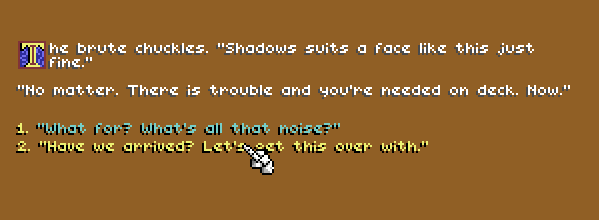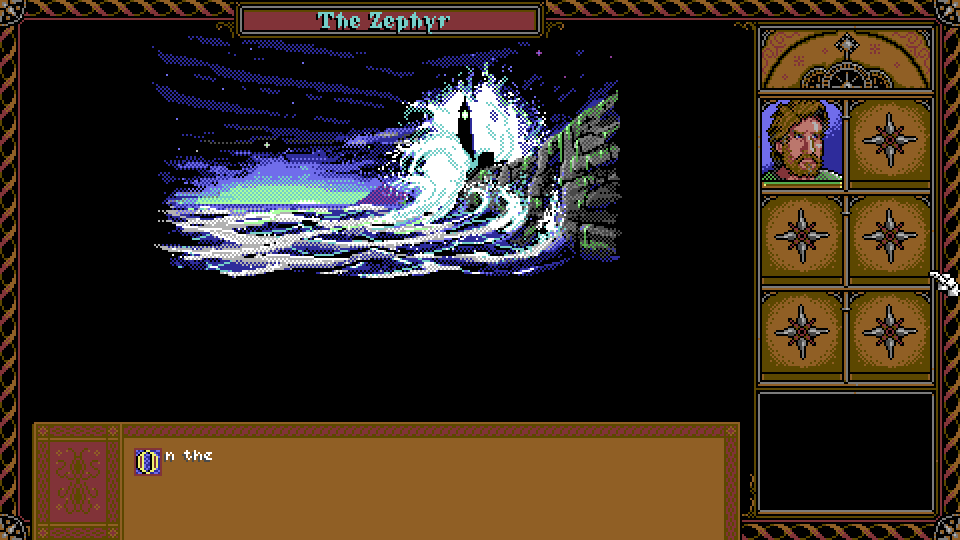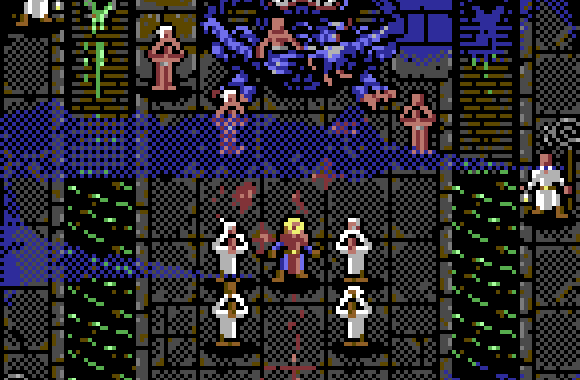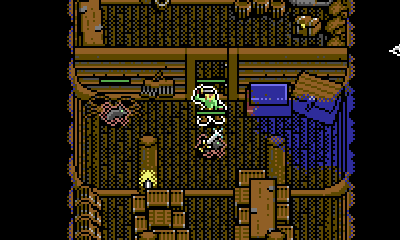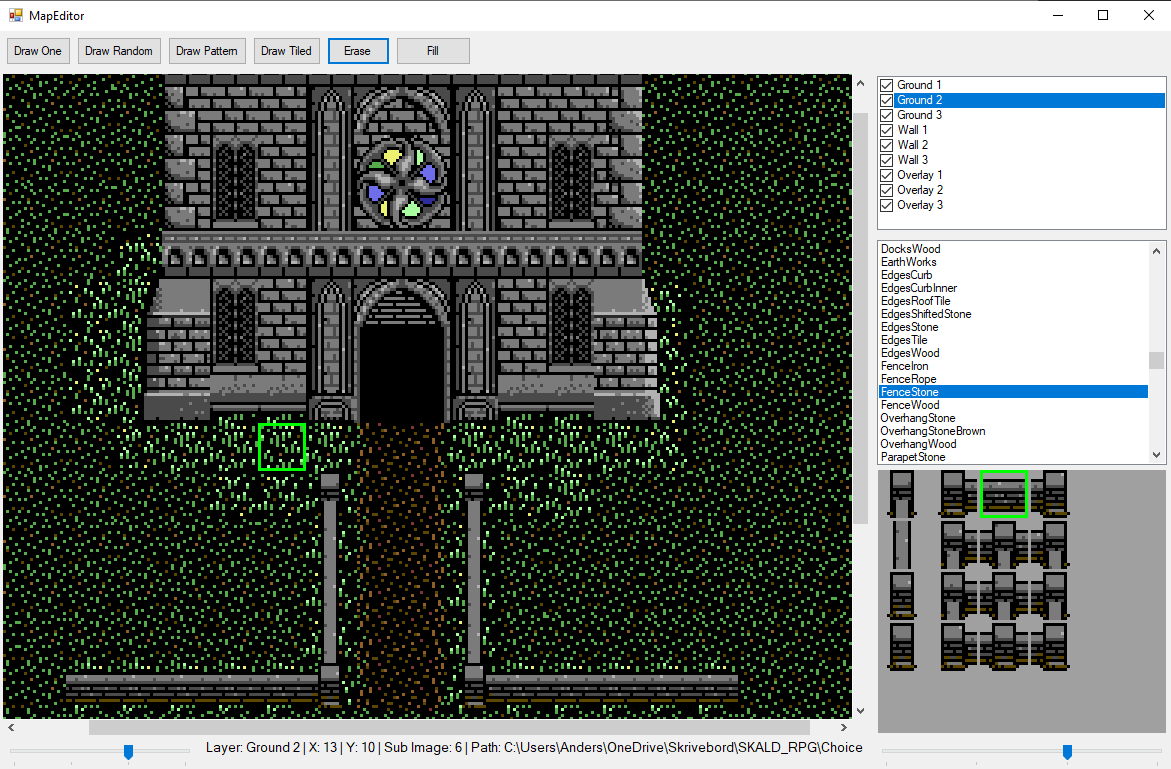
GW: Legacy - SniperWolf
Main Features:
-Over 30+ new gun handling sounds for guns, most guns will now sound unique when pulling charging handle and inserting mags
-Added 5 new guns - F2000 scoped and tactical, FAL, FAL Para, and Dragunov
-Added new dummy soldier NPCs in spawners
-Bug fixes for magazine size for most guns that were incorrect
New:
-added around 30 new gun handling sounds for diffrerent guns (charging handle pull/release, magazine insertion sounds)
-added F2000 with scope (Assault Rifle)
-added F2000 tactical (Assault Rifle)
-added FAL 50.00 (Battle rifle)
-added FAL para (Battle rifle)
-added Dragunov (DMR)
-added 3 more dummy human spawnable figures (toon soldier, fat zombie, skinny zombie)
-added some prepatory work for metaverse integration (Metaverse)
Changes:
-fixed magazines having weird sound when dropped
-fixed issue where zombies would fly back too far when dying
-fixed AK mag rounds from 40 to 30
-fixed AKS-74U mag type and switched rounds to 5.45 39mm
-fixed issue where AK 12 had AK mags in spawner description
-fixed m240 mag box round size to 200
-fixed 1911 mag size to 7
-fixed makarov mag size to 8
-fixed mk23 mag size to 12
-added bolt release mechanism for sa80
-fixed famas to not have bolt catch when firing last bullet
-fixed glock mags size to 19
-increased 500 magnum's backward recoil
-fixed AWM mag size to 5
-fixed AS Val mag size to 20
-fixed VSS Vintores mag size to 10
-fixed Rem870 mag size to 7
-fixed FABARM mag size to 5
-fixed Rem saw off mag size to 5
-fixed beowulf mag size to 7
-fixed mp7 mag size to 40
-fixed vector mag size to 40
-fixed kar98k mag size to 5
-fixed issue of M67 grenade being able to fit into grenade launchers
-fixed BAR mag bullet clip issue
-Over 30+ new gun handling sounds for guns, most guns will now sound unique when pulling charging handle and inserting mags
-Added 5 new guns - F2000 scoped and tactical, FAL, FAL Para, and Dragunov
-Added new dummy soldier NPCs in spawners
-Bug fixes for magazine size for most guns that were incorrect
New:
-added around 30 new gun handling sounds for diffrerent guns (charging handle pull/release, magazine insertion sounds)
-added F2000 with scope (Assault Rifle)
-added F2000 tactical (Assault Rifle)
-added FAL 50.00 (Battle rifle)
-added FAL para (Battle rifle)
-added Dragunov (DMR)
-added 3 more dummy human spawnable figures (toon soldier, fat zombie, skinny zombie)
-added some prepatory work for metaverse integration (Metaverse)
Changes:
-fixed magazines having weird sound when dropped
-fixed issue where zombies would fly back too far when dying
-fixed AK mag rounds from 40 to 30
-fixed AKS-74U mag type and switched rounds to 5.45 39mm
-fixed issue where AK 12 had AK mags in spawner description
-fixed m240 mag box round size to 200
-fixed 1911 mag size to 7
-fixed makarov mag size to 8
-fixed mk23 mag size to 12
-added bolt release mechanism for sa80
-fixed famas to not have bolt catch when firing last bullet
-fixed glock mags size to 19
-increased 500 magnum's backward recoil
-fixed AWM mag size to 5
-fixed AS Val mag size to 20
-fixed VSS Vintores mag size to 10
-fixed Rem870 mag size to 7
-fixed FABARM mag size to 5
-fixed Rem saw off mag size to 5
-fixed beowulf mag size to 7
-fixed mp7 mag size to 40
-fixed vector mag size to 40
-fixed kar98k mag size to 5
-fixed issue of M67 grenade being able to fit into grenade launchers
-fixed BAR mag bullet clip issue









